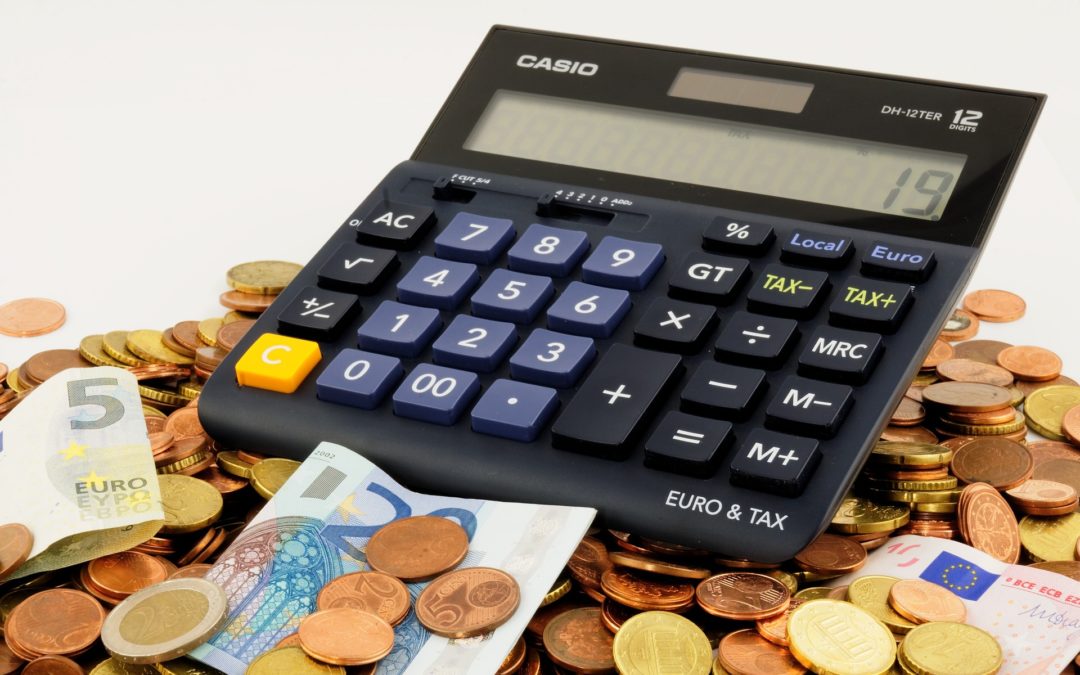1: tax rate definition
2: how tax rate works
3: tax rate vs tax amount
4: example of tax rate
Opening information:
Tax rate sentence breaks into two words, tax means levy, rate means number of percentages, tax rate levy or fees percentage amounts.
So now let’s have a look at what is a tax rate, how the tax rate works in the stock market for corporate Industries, and what is the difference between the tax rate and tax amount, finally one clear example about the tax rate.
1:tax rate definition
Benjamin was from New York, a state in the Northeastern United States, He had completed his finance and accounting courses in California.
He was interested in starting his own business from an early age, so he decided to start a business in his native state of New York.
Therefore, he started the weaving business and named the company Texo. He initially started a Texo weaving business in a rented building in New York City.
Over time Benjamin kept some other money to go towards expenses with little of the revenue that came from the Texo company.
With that savings, Benjamin left the rental building and set up a new self-contained building, factory, etc. The money was not enough for him, so he took out a loan for a business at a private bank in New York.
He had set up a large Texo company with his savings and also took a loan to grow and expand his business. The products made by the Texo company began to receive a great reception among the people.
And their products have become more and more popular in the market. Benjamin’s Texo company began to see an increase in revenue.
Benjamin began to pay higher taxes in line with the higher income.
Moreover, Benjamin’s Texo company had revenue of $ 80 million, and Benjamin paid 20% tax to the government on behalf of Texo Which is about 16 million dollars.
And over and over each year the Texo had stable growth over time. This 20 percentage of tax is commonly referred to as the tax rate. Any kind of tax amount which are deducted based on a certain percentage, where that percentage amount is known to be the tax rate.
So now let’s dive into how the tax rate works in the public market among all Corporate Industries.
2: how tax rate works
The tax rate doesn’t represent any single amount of a specific object, instead, they are a concept of rules which is created by the government to tax each kind of different income at a distinct percentage of the amount.
Therefore no income is taxed fixed at tax rate payment, where such payments are collected by the government based on their own rules, where this tax rate is also not even fixed each year, instead they are changed every year. Whenever there is a need and whenever there is a change in government.
Individuals, small self-employment, private Industries, Corporations, and publicly traded Corporations had different kinds of income which are perceived as different categories of income, where each of the categories could have different kinds of tax amounts at separate levels.
Each of the Categories of separated income tax amount levels are taxed at different kinds of tax rates, nothing is fixed at tax because tax is rules, and tax rates are also imposed by the complete rules which always have a chance to change in certain tax rates.
Corporate public businesses did have the same benefits on the tax law, but not the same tax rate on their Corporation income because each of the Industries had a different kind of level income.
If one business had 100 million dollars in income it might have 20 percent Corporate tax based on the tax laws, but this 20 percent tax wouldn’t be the same next year it might be changed to 22 percent or 18 percent but this percentage of amount is a tax rate.
At the same time, when other companies who made more than 500 million or 1 billion dollars in income might also have a 25 percent tax amount, which 25 percent is a tax rate.
Therefore any percentage of rules in any kind of public
Corporate income is called a tax rate. Most people confuse the tax rate and tax amount, so let’s jump into the key difference in it anyway.
3: tax rate vs tax amount
The difference between the tax rate and tax amount is, that tax rates refer to the percentage amount of one income which doesn’t applicable to any specific amount.
On the other side, tax amount is an amount of money that doesn’t have any relation to any kind of percentage rate. To make you more clear the tax rate let’s see one clear example below.
4: example of tax rate
Say the company H is the networking organization, that had huge trust and reputation in the networking field, and had a revenue of nearly 3.5 billion dollars.
Imagine a 3.5 billion dollars in sales amount would be enforced to the 22 percent tax rate, where the 22 percent tax rate is 770 million dollars, and the next year the same company H had made 5 billion dollars and is trapped in the 22 percent tax rate with a tax of 1.1 billion dollars
Here the 22 percent is the same percent of context, but taxing the revenues at the distinct amounts in different situations, 22 percent is the tax rate, and the 770 million, 1.1 billion dollars in the tax amount.

